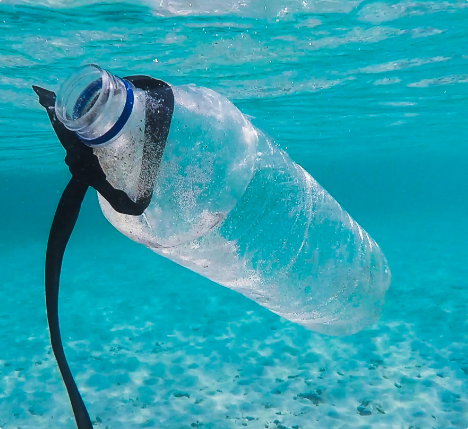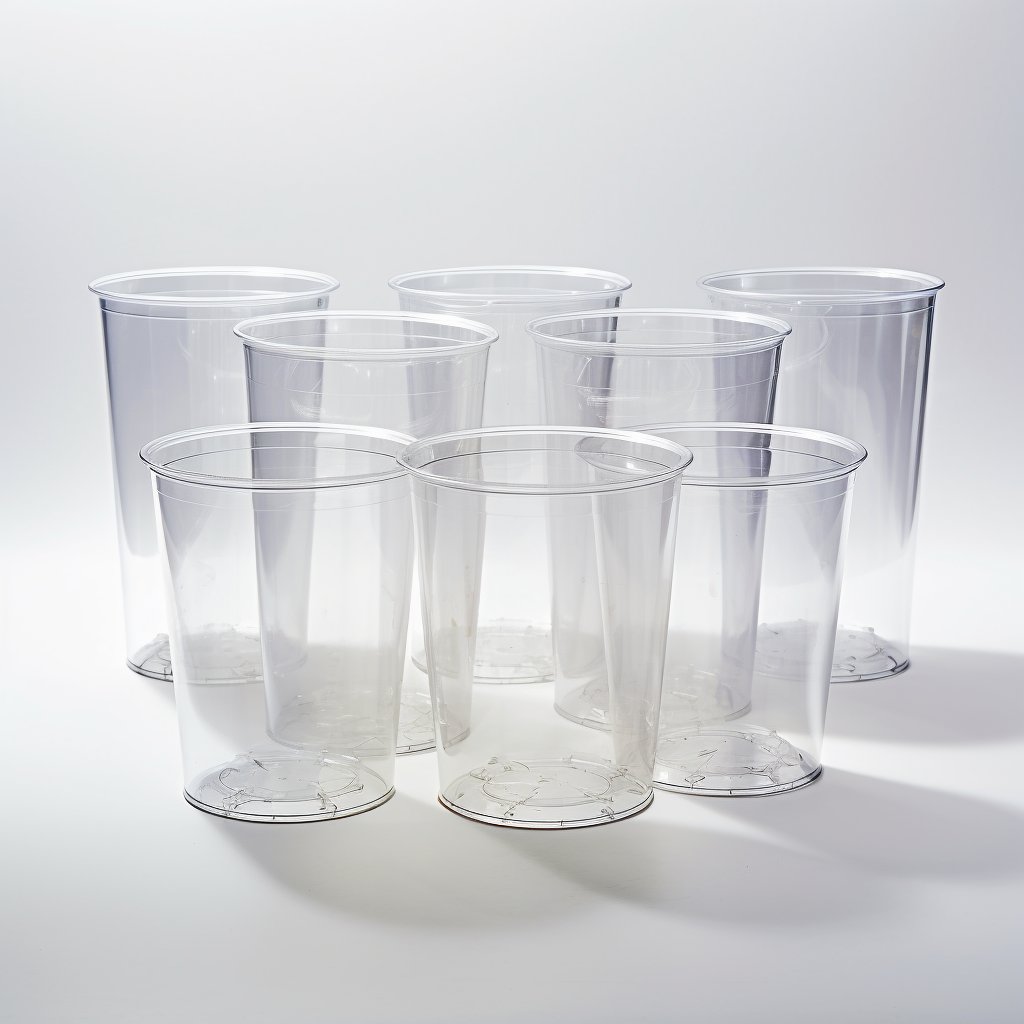Polyoxymethylene (POM), also known as acetal, is a thermoplastic material that has gained popularity in the plastics industry due to its unique properties. POM is a versatile material that is used in a wide range of applications, from automotive parts and consumer products to medical devices and aerospace components.
First developed in the 1950s by the German company BASF, Polyoxymethylene has since then, it has become a widely used plastic material due to its unique properties and versatility. Over the years, POM has undergone several modifications and improvements, leading to the development of various POM grades suitable for different applications.

What is Polyoxymethylene (POM)?
Polyoxymethylene is a thermoplastic material known for its high stiffness, hardness, and low friction coefficient. It is a semi-crystalline polymer with a high melting point and excellent dimensional stability. POM is derived from formaldehyde, which is polymerised to form polyoxymethylene.
Material Properties:
POM is a thermoplastic material with several unique properties, including high stiffness, excellent dimensional stability, and low friction coefficient. It has a high melting point, which makes it suitable for high-temperature applications. Additionally, POM is resistant to various chemicals, including alcohol, oils, and solvents. Its low water absorption and high creep resistance make it ideal for high-stress applications.
Industrial Usage:
POM is widely used in manufacturing various industrial components, including gears, bearings, valve components, and pump components. Its high stiffness, low friction coefficient, and excellent dimensional stability make it ideal for high-stress applications. Additionally, POM is used in the automotive industry to produce fuel system components, interior trims, and seat belt components.
Application Areas:
POM is used in a wide range of application areas, including automotive, consumer products, and industrial equipment. In the automotive industry, POM is used to produce fuel system components, interior trims, and seat belt components. In the consumer products industry, POM is used to produce toys, zippers, and mechanical parts for appliances. In the industrial equipment industry, POM is used to produce gears, bearings, valve components, and pump components.
Consumer Product Examples:
POM is used in a wide range of consumer products, including toys, zippers, and mechanical parts for appliances. For example, POM is used in the production of Lego blocks, which are popular toys for children. Additionally, POM is used in the production of zippers for clothing and luggage, as well as mechanical parts for appliances such as washing machines and blenders.
Recycling of Polyoxymethylene: POM
Recycling POM can be challenging, as it is not readily biodegradable and can emit formaldehyde during recycling. However, POM can be recycled through mechanical recycling, which involves grinding the plastic into small particles and then reforming it into new products.
The market price of POM can fluctuate depending on factors such as supply and demand, raw material prices, and market competition. In recent years, POM prices have increased due to higher raw material prices and increased demand from the automotive and consumer products industries.
Recycling of POM (Polyoxymethylene) is an important aspect to consider for the plastics industry due to the material’s properties and wide range of applications. Mechanical recycling is the most common method of recycling POM, which involves grinding the plastic into small particles and reforming it into new products.
Advantages of POM recycling:
- Reduces the amount of plastic waste in landfills and the environment
- It saves energy and resources compared to producing new POM from raw materials
- Helps to reduce greenhouse gas emissions by reducing the need for new plastic production
Disadvantages of POM recycling:
- POM can emit formaldehyde during recycling, which can be harmful to workers if not properly controlled
- The mechanical recycling process can reduce the quality of the plastic, resulting in a lower-grade material that may not be suitable for all applications.
- The availability of POM waste for recycling may be limited, as it is a relatively new and less common plastic than other thermoplastics.
The environmental impact of POM recycling is generally positive, as it helps to reduce the amount of plastic waste that ends up in landfills and the environment. Recycling also helps reduce the amount of energy and resources needed to produce new POM from raw materials, which can positively impact greenhouse gas emissions.
On a global scale, the demand for recycled POM is increasing as companies and governments seek to reduce their carbon footprint and improve their sustainability efforts. The European Union, for example, has set a goal of recycling 55% of plastic waste by 2030, which includes POM.
POM recycling is an essential aspect of the plastics industry that can help reduce plastic waste’s environmental impact and improve sustainability efforts. While some challenges are associated with POM recycling, the benefits can outweigh the drawbacks if the process is properly controlled and managed.
Advantages of POM:
- High stiffness and hardness
- Excellent dimensional stability
- Low friction coefficient
- High melting point
- Resistance to chemicals and moisture
- High creep resistance
Disadvantages of POM:
- Limited impact resistance
- Not suitable for high-temperature applications above its melting point
- High production cost compared to other thermoplastics
- Susceptible to environmental stress cracking
- Can degrade over time under UV exposure
Compared to alternative plastics, POM has several advantages and disadvantages. For example, POM has better dimensional stability and a lower friction coefficient than polyethene (PE) and polypropylene (PP). However, POM is more expensive to produce than PE and PP. POM also has a higher melting point than polycarbonate (PC), but PC has better impact resistance than POM.
Polyoxymethylene:
Polyoxymethylene (POM) is a unique and versatile thermoplastic material that has become increasingly popular in various industries due to its properties and wide range of applications. POM is used in many products we use daily, from consumer goods and automotive parts to medical devices and aerospace components. While POM has both advantages and disadvantages compared to alternative plastics, its properties and range of applications make it an essential material in the plastics industry.
Furthermore, the recycling of POM is a crucial aspect to consider for sustainability and reducing the environmental impact of plastic waste. While some challenges are associated with POM recycling, the benefits of reducing plastic waste, saving energy and resources, and reducing greenhouse gas emissions make it worthwhile.
As we move towards a more sustainable future, it is essential to consider the environmental impact of the products we use and the materials used to create them. POM is just one example of a material that has both benefits and drawbacks. Proper management and control of its production and recycling can help maximise its potential while minimising its environmental impact.






